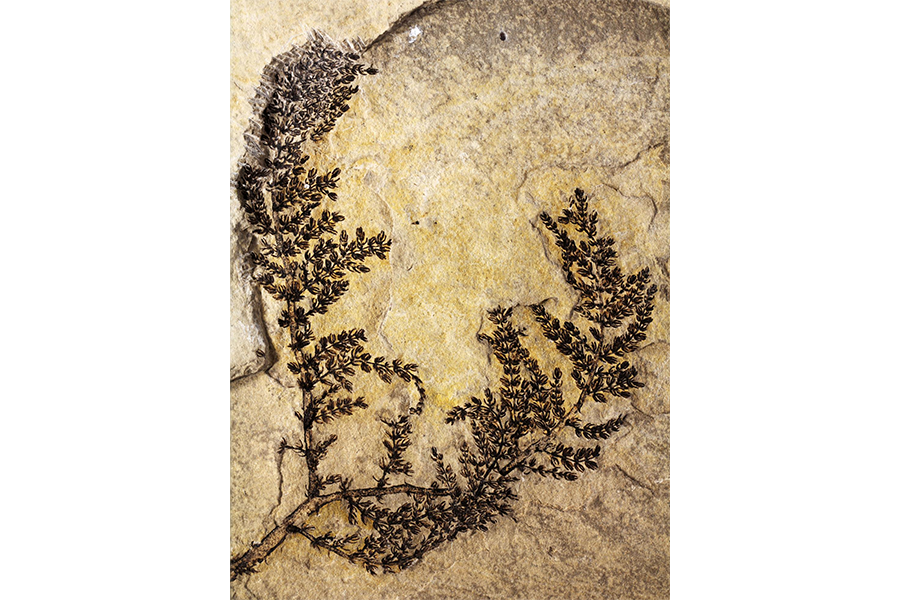Could this aquatic flower be the mother of all blooms?
Scientists have discovered what could be the world's first flowering plant.
The ancient plant is likely 125 million to 130 million years old and lived and reproduced entirely underwater, according to a new study published Monday online in the journal Proceedings of the National Academy of Sciences.
"This discovery raises significant questions about the early evolutionary history of flowering plants, as well as the role of these plants in the evolution of other planet and animal life," said David Dilcher, one of the researchers, from Indiana University, in a news release.
The aquatic plant, known by its scientific name Montsechia vidali, once grew in freshwater lakes in what are now the mountainous regions of Spain.
Professor Dilcher and his colleagues analyzed the morphology, anatomy, and reproductive structures of over 1,000 fossilized Montsechia vidalii specimens and concluded that the freshwater plant could be one of earth’s first flowering plants.
"A 'first flower' is technically a myth, like the 'first human,'" said Dilcher, "But based on this new analysis, we know now that Montsechia is contemporaneous, if not more ancient, than Archaefructus.”
Archaefructus sinensis – found in China – was previously thought to be the oldest flowering plant. The new analysis suggests that the Spanish plant predates Archaefructus.
Montsechia's age suggests it would have lived alongside dinosaurs like brachiosaurus and iguanodon.
Authors of the study believe that the plant’s aquatic lifestyles could have allowed for the diversification of other flowering plants.
“Lower Cretaceous aquatic angiosperms, such as Archaefructus and Montsechia, open the possibility that aquatic plants were locally common at a very early stage of angiosperm evolution and that aquatic habitats may have played a major role in the diversification of some early angiosperm lineages,” the study others wrote.
Dilcher says, Montsechia’s modern look-alike is Ceratophyllum, also known as coontails or hornworts. Ceratophyllum is a dark green aquatic plant whose coarse, tufty leaves make it a popular decoration in modern aquariums and koi ponds.
Now, the scientists want to understand more about the species connecting Ceratophyllum to its ancient ancestor.
“There’s still much to be discovered about how a few early species of seed-bearing plants eventually gave rise to the enormous, and beautiful, variety of flowers that now populate nearly every environment on Earth,” Dilcher said.





